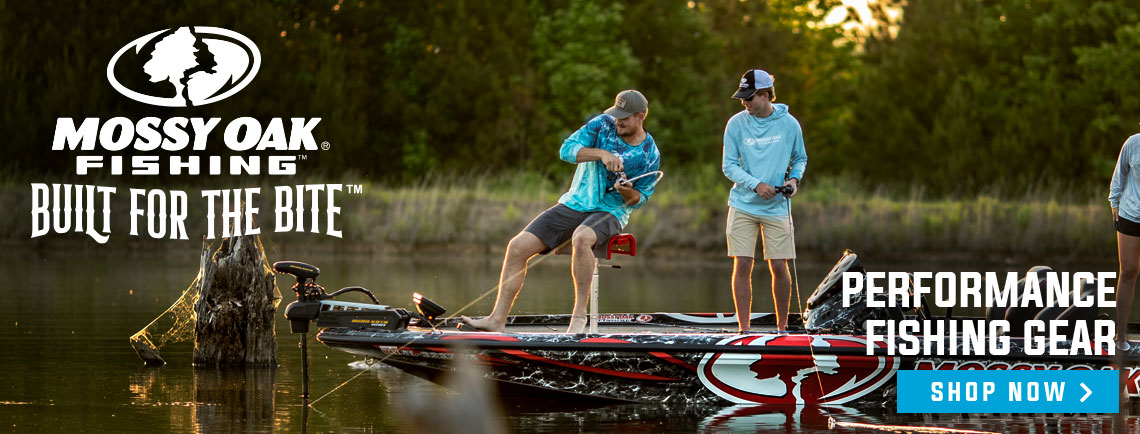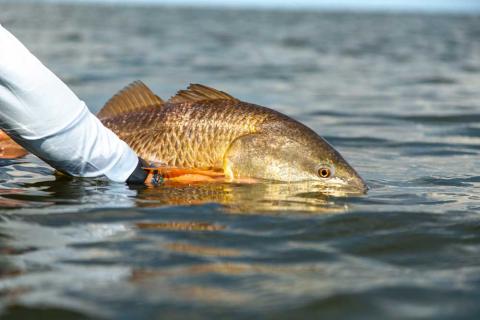Phillip Gentry
One of the biggest challenges that crappie anglers face when trying to locate their favorite species during the fall is where to find them. Crappie transition in the fall between typically deep-water hangouts and shallow water areas before returning back to deeper water for the winter.
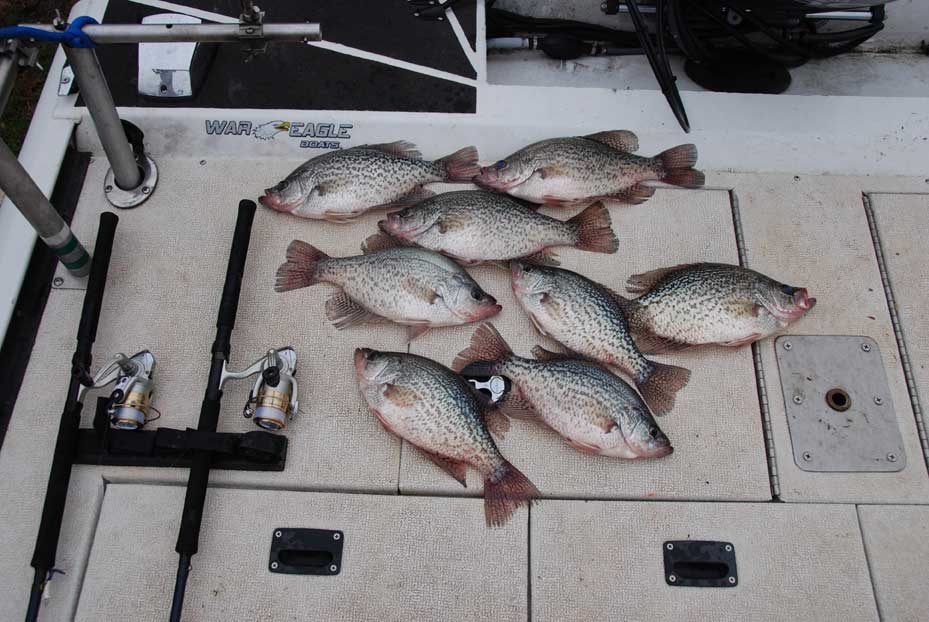
The good news is that like most wildlife, crappie have that “fall push” to feed and build fat reserves that will carry them into the cooler season. One of the first areas that many anglers think of when they think “transition” is bridge crossings. Bridge crossings fit the bill in numerous areas when it comes to what crappie need during the fall.
Since bridges generally cross either a creek channel or a large body of water, there’s definitely an area of deep water close by. Additionally, the vertical construction offered by the bridge crossing offers structure and shade for the fish. In times of cold weather, this structure absorbs heat from sunlight and transfers it into the surrounding water. The shade also helps to regulate water temperature and offers relief from bright sunlight.
Targeting bridge crossings is a matter of both vertically and horizontally presenting a bait to the fish in a natural presentation.
Most seasoned crappie anglers will motor through a bridge before they fish it. With today’s real time sonar options, it’s pretty easy to steer the boat in between the bridge columns to see where the fish are. Boats motor through all the time, so a moving boat doesn’t bother the fish. Their location can vary from hour to hour and especially from day to day on a bridge crossing.
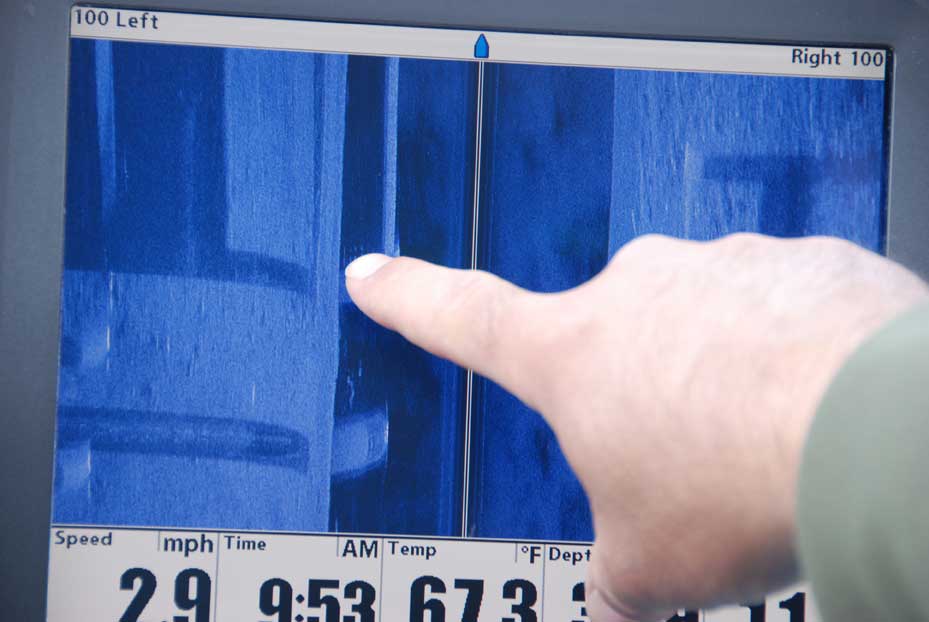
CRAPPIE FISHING TIPS WITH REAL TIME FORWARD FACING SONAR
In cooler weather or on bright sunny days, especially mid-day, expect to find the fish deeper. In low light conditions or cloudy, hazy days, they’ll be shallower.
Real time sonar will allow you to pick out which columns the fish are holding on and at what depth. It narrows the search down very quickly to which sections of the bridge you need to fish.
After a quick once through and some mental notes about which columns to fish and what depth to target, try to position the boat on the downwind side of the bridge which will make boat control a little easier. If it’s possible, stay on the shaded side of the bridge so you’re not throwing a shadow, especially when fishing clear water.
Also try to avoid getting boat over the top of the fish under a bridge because the boat’s shadow will tend to spook larger fish. This goes against traditional thought, but the use of forward-facing sonar has shown many anglers just how spooky larger crappie can be as well as their tendency to move several columns away of vacate the bridge crossing altogether if they suspect something is up.
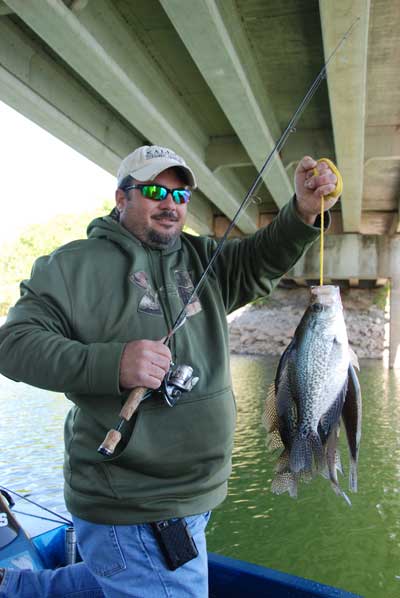
Using a 6 – 7-foot light action spinning rod and reel combination, cast a 1/32 oz jig parallel with the column and let the jig sink on a slack line. It’s important to keep watching the line for that little tick that signals a crappie has sucked it in if you are not watching for the fish’s reaction on sonar. Sometimes fall bites can be vicious, but the expectation is a more subtle bite.
Line size for crappie fishing during the fall, especially in open water typically calls for using lighter line. Many crappie anglers opt for 6-pound test line, but 4-pound test, especially if it is one of the touted “invisible,” thin lines can really affect the outcome of your fishing.
When using small, 1/32 and even 1/64-ounce jig heads, the lighter line allows the bait to fall more naturally and presents a more lifelike appearance to the fish.
A final word about jig color and shape is to let the fish tell you what they prefer. If you make a cast of two and are sure it works through the area, change colors until you find what works. Another option is to change the profile of the bait. If a curly tail jig body does not perform after a few casts (or a follow or two on sonar), switching to a tube jig with a wider profile or different shape may do the trick of enticing the fish to bite

